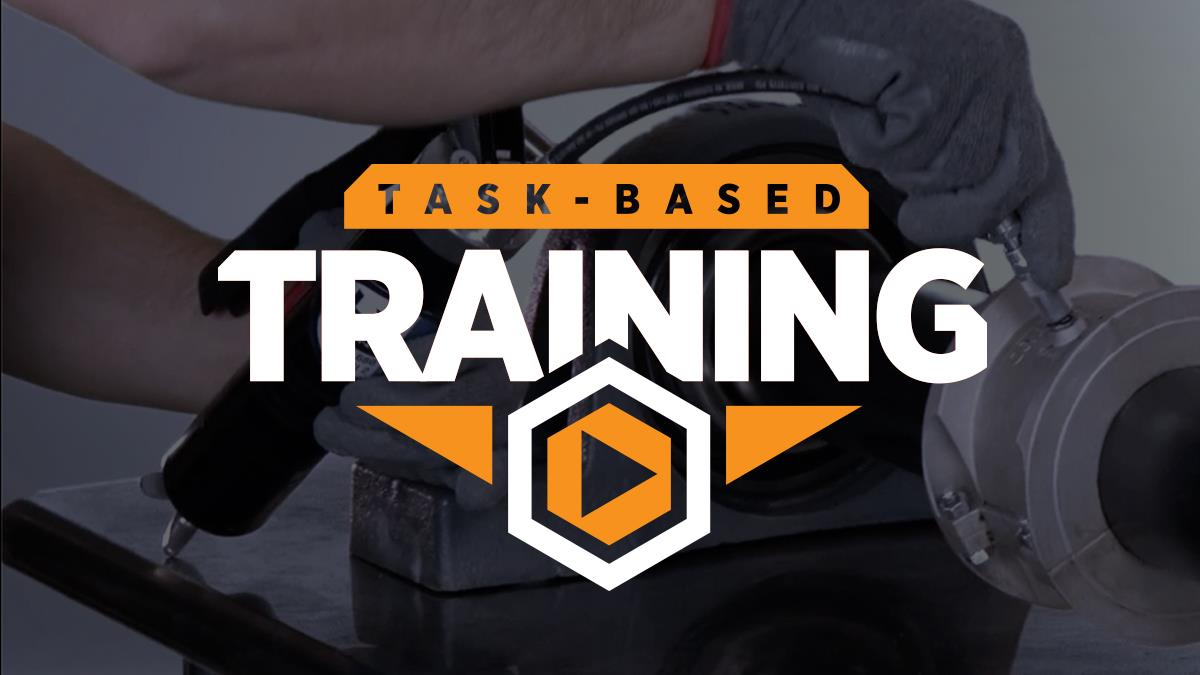
Couplings play a vital role in connecting two shafts together to make sure they spin at the same speed, while also providing vibration absorption, and shock absorption. These components are often found in various industrial machines, automobiles, and other mechanical devices. Regreasing a coupling is a necessary process to ensure its longevity and proper functionality.
The importance of regreasing lies in preventing wear and tear, reducing friction, and maintaining the overall health of the coupling. Over time, the grease in couplings can break down due to heat, pressure, and mechanical stress.
When the grease degrades, it can lead to increased friction between the moving parts, causing wear and potentially leading to failure. Regular regreasing helps in mitigating these issues, extending the life of the coupling and the machinery it operates within.
The process of regreasing a coupling involves several essential steps:
- Preparation: Before starting the regreasing process, ensure the machinery is turned off and follow proper lock-out/tag-out procedures to prevent accidental start-up. Additionally, clean the area surrounding the coupling to avoid any contamination during the process.
- Identification of Grease Points: Locate the grease points on the coupling. These points are typically indicated by grease fittings attached to the coupling housing. Sometimes, a visual inspection or consulting the equipment manual is necessary to identify these points.
- Cleaning: Thoroughly clean the grease fittings and the surrounding area with an industrial towel to remove any dirt, debris, or old grease. This step is critical to prevent contamination and ensure the new grease functions optimally.
- Selecting the Right Grease: Choose the appropriate grease for the specific type of coupling and the operating conditions. Factors to consider include temperature, load, speed, and environment. Some couplings may require special types of grease, such as high-temperature or high-pressure greases.
- Grease Application: Attach a grease gun to the grease fitting and slowly pump the recommended amount of grease into the coupling. Be cautious not to over-grease, as this can lead to excessive pressure and potential damage. Monitor the coupling while greasing; excess grease might start to seep out, indicating that the coupling is adequately lubricated.
- Verification and Clean-Up: After greasing, wipe away any excess grease around the fittings. Then, visually inspect the coupling and surrounding area to ensure there are no leaks or irregularities.
Regular maintenance schedules are essential for the efficient operation of machinery. For couplings, the frequency of regreasing depends on several factors, including the type of coupling, the environment in which it operates, and the manufacturer's recommendations. Some may require regreasing every few months, while others might have longer intervals between maintenance.
Neglecting to regularly regrease couplings can result in various issues. Increased friction due to lack of lubrication can lead to premature wear, excessive heat generation, increased power consumption, and even coupling failure. This can cause significant downtime, costly repairs, and potential safety hazards.
Apart from regreasing, it's important to monitor the condition of the coupling regularly. Any unusual noise, vibration, or visible damage should be addressed promptly. If a coupling shows signs of damage, it should be inspected thoroughly and, if necessary, replaced.
In conclusion, regreasing a coupling is a critical aspect of ensuring the smooth operation and longevity of mechanical systems. This routine maintenance task helps in reducing wear, minimizing friction, and preventing potential failures. By following the proper procedures and using the appropriate grease, the coupling can continue to function efficiently, contributing to the overall productivity and reliability of the machinery it serves. Regular maintenance, including regreasing, is a proactive approach to preserving equipment and avoiding costly downtime and repairs.
Key Takeaways:
- Ensure LIS codes match; coupling grease is not the same as bearing grease and is typically of a much thicker viscosity.
- Keep hands off the coupler.
- Replace all safety guard and shields.
- Always remember: safety first.




